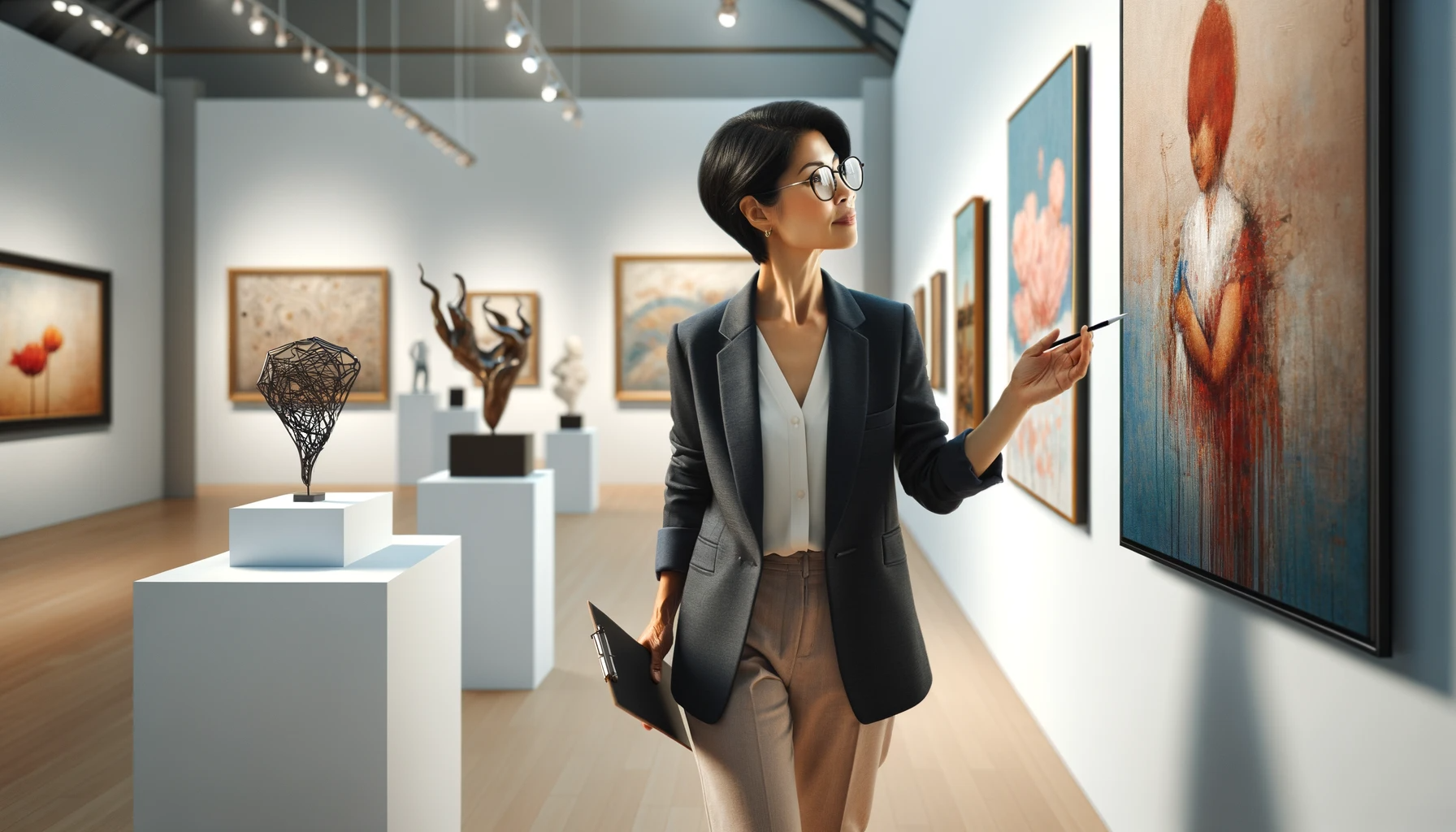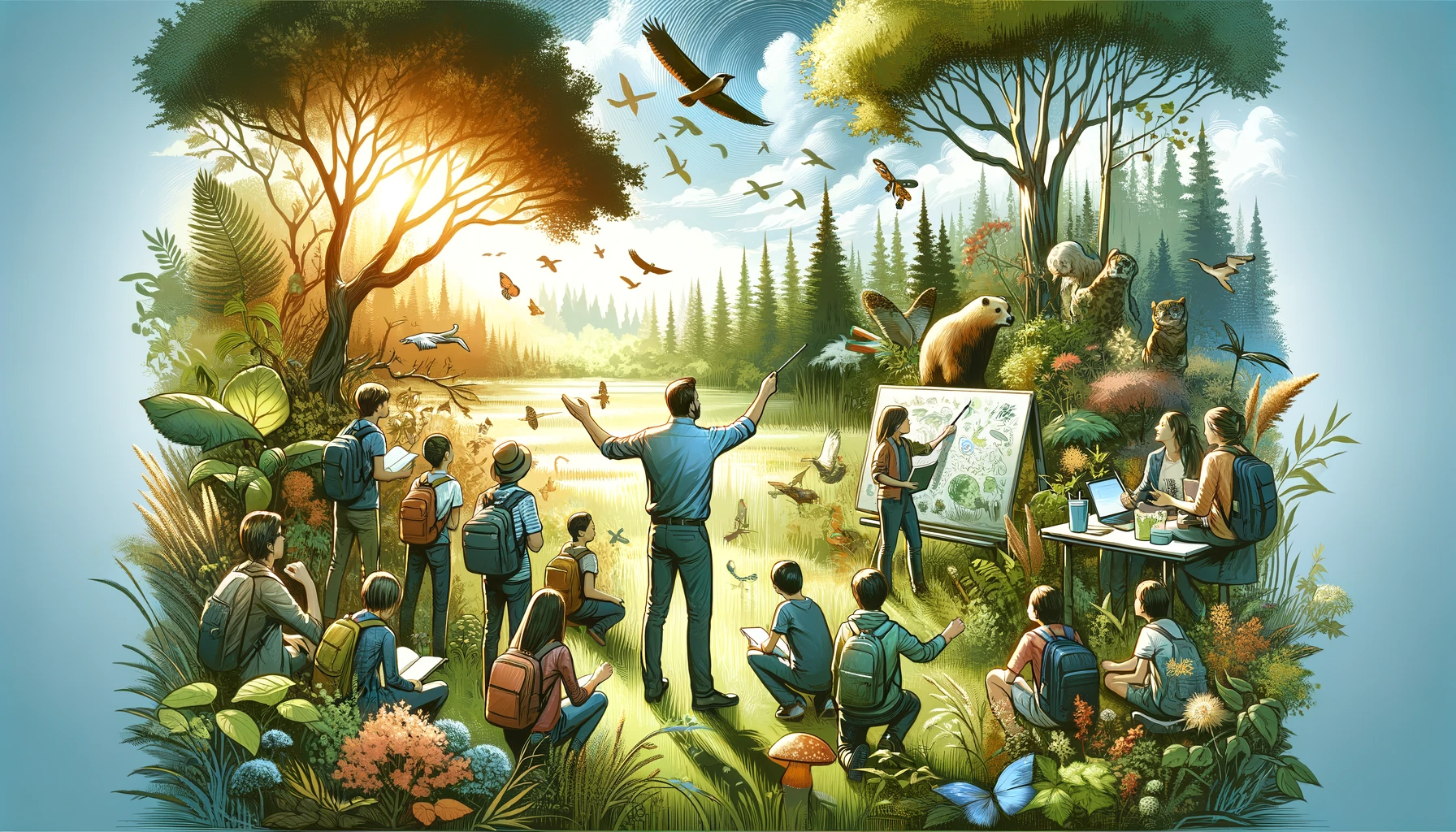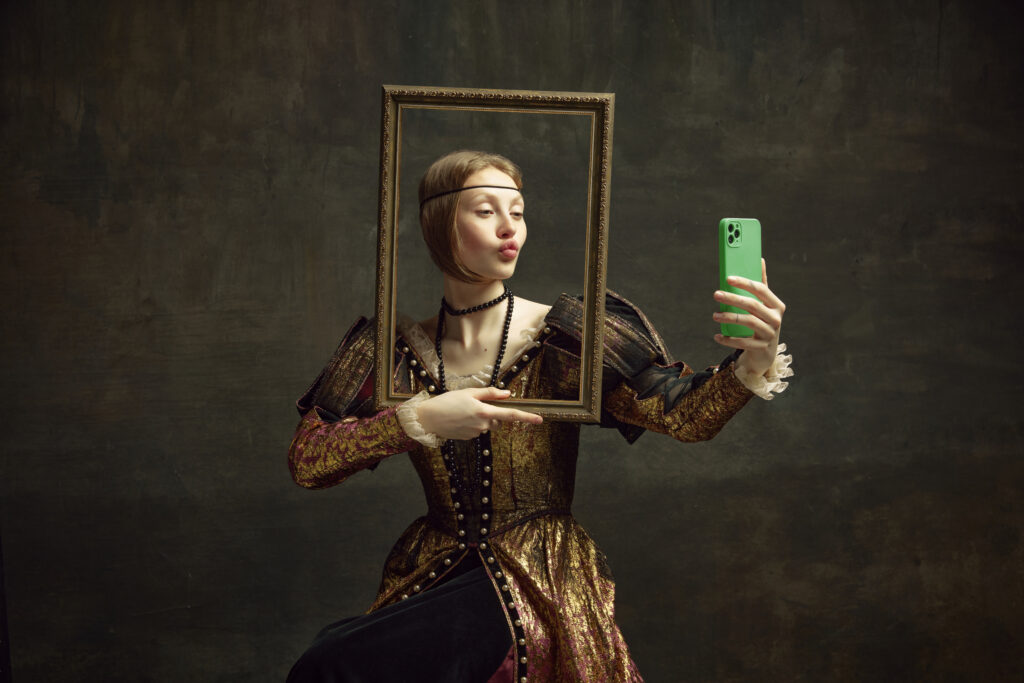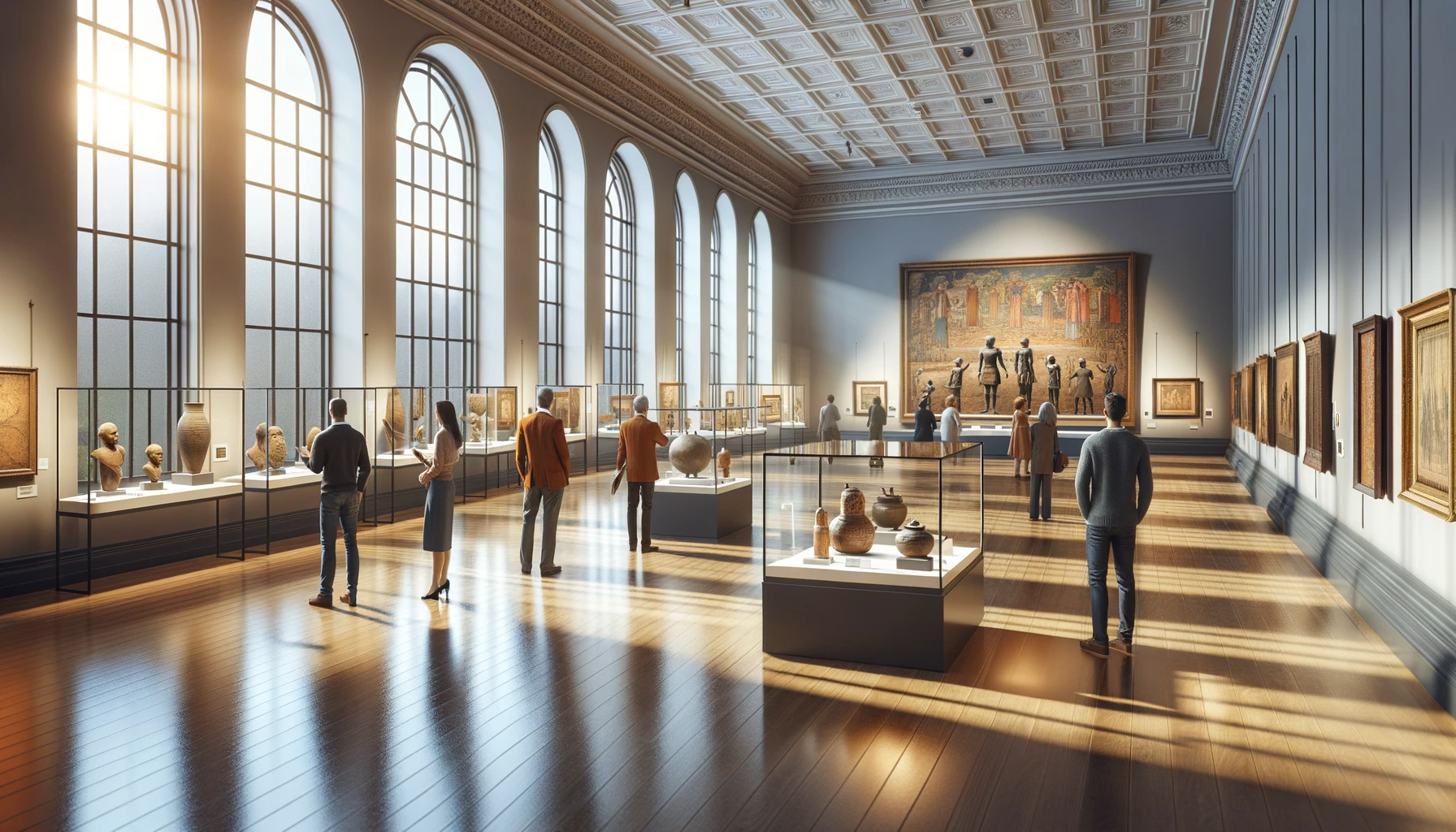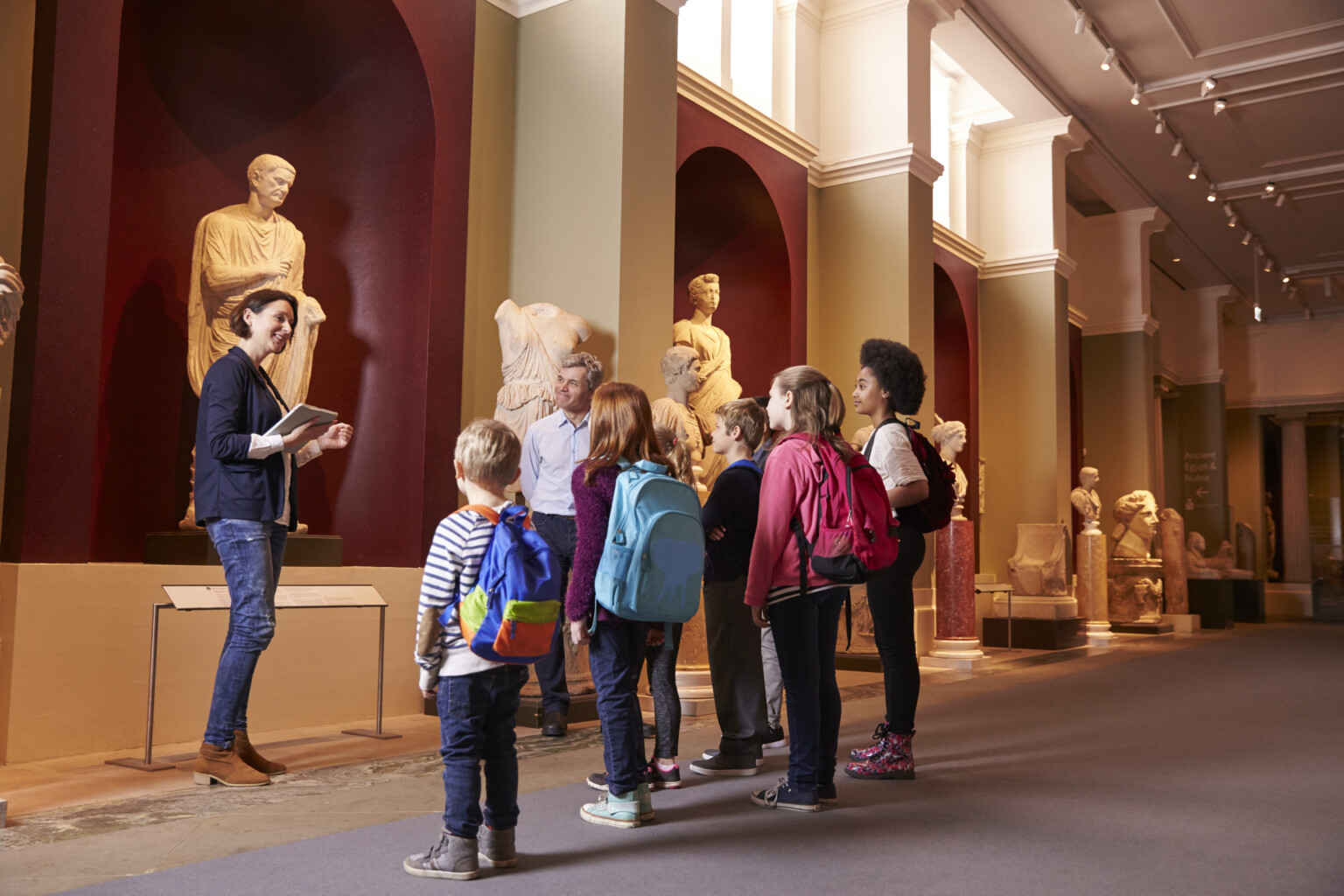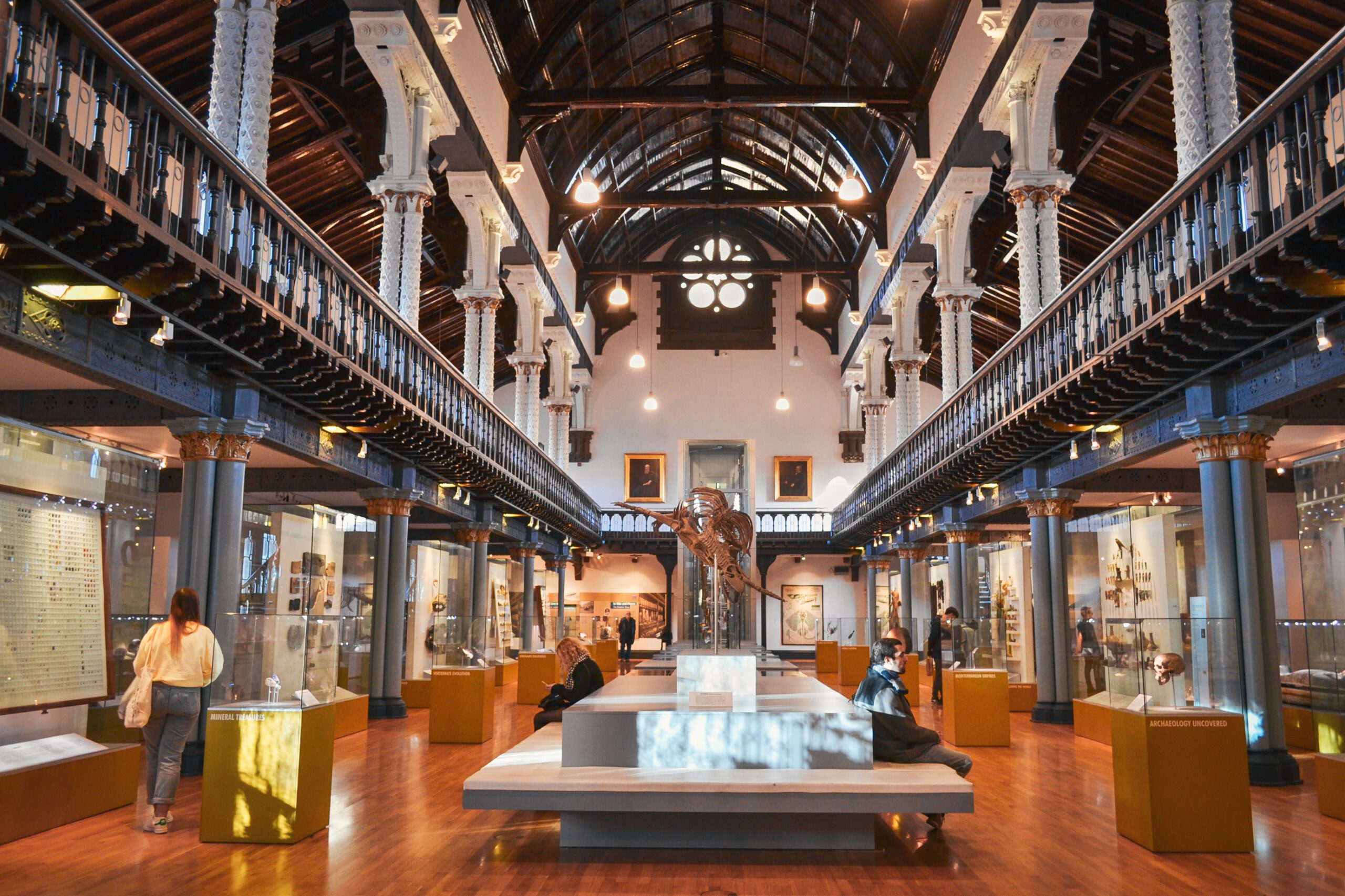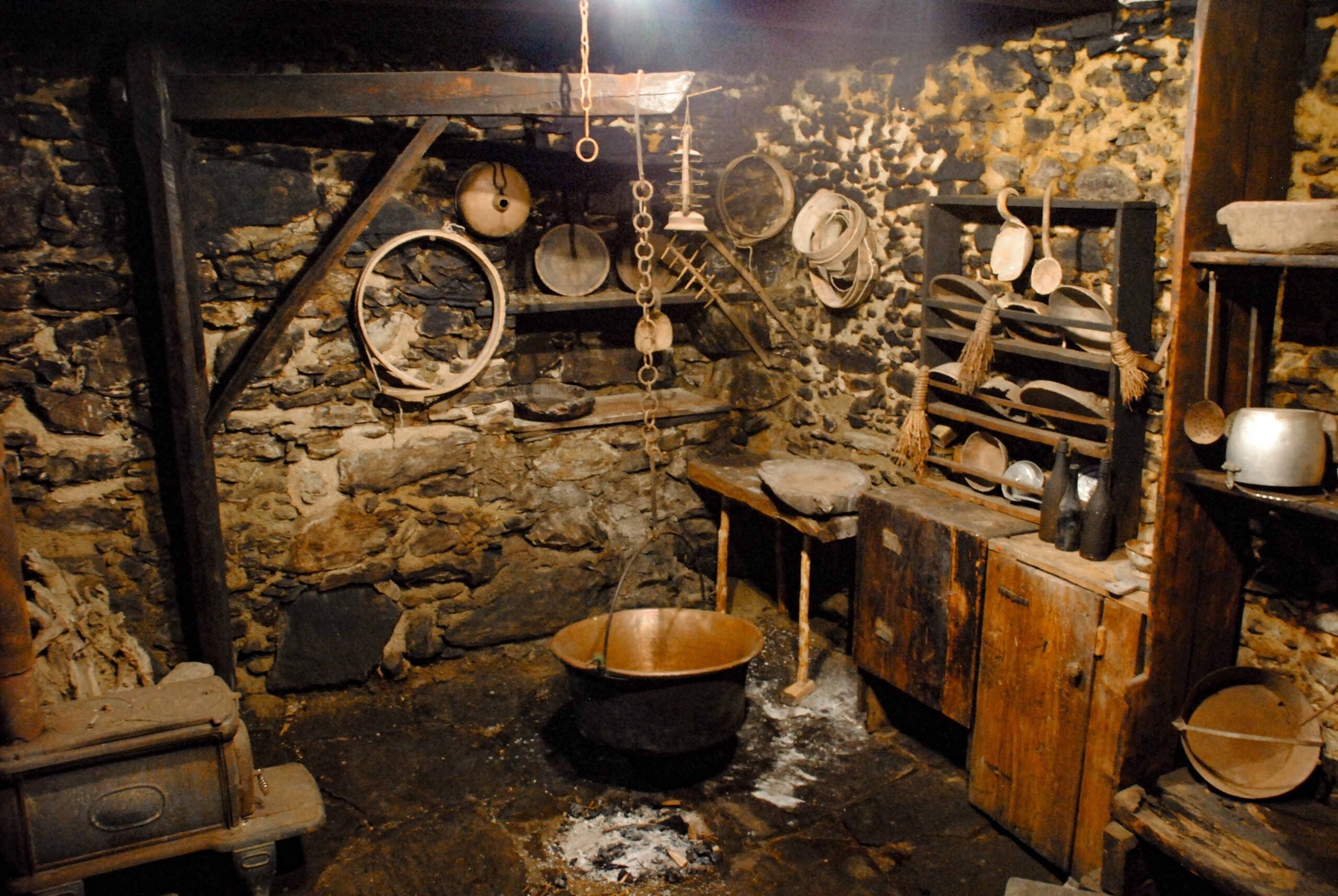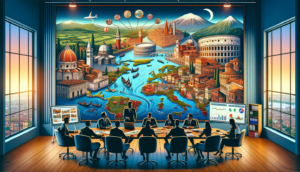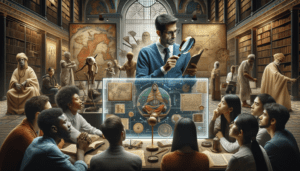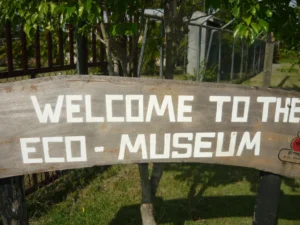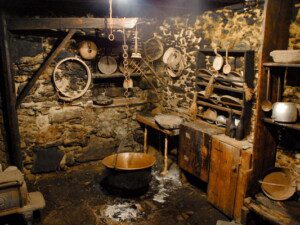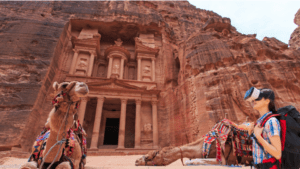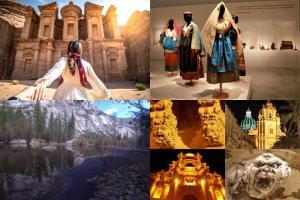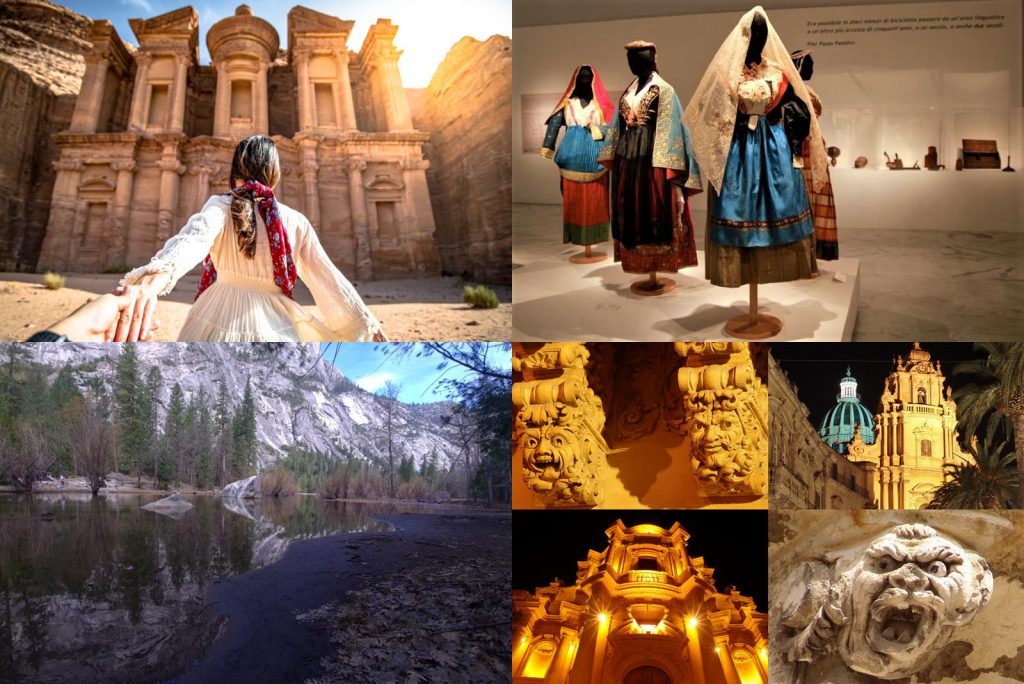Technical-Commercial Photographer: Reference scheme

Scheme D) Unregulated profession without a defined scheme (provisional scheme)
Note: The current scheme, although it considers some requirements of UNI 11476, is classified as scheme D. This is because it differs in some aspects from the mentioned standard. Accordingly, a specific TAH-CF sheet will be developed to detail these differences
The reference scheme is based on the 'modelSkills Cycle' and is in line with the 'Tourism, Arts, Heritage Competence Framework (TAH-CF)'. the TAH-CF is defined in accordance with the European Qualifications Framework (EQF), the Recommendation of the European Parliament and of the Council 2009/C 155/02 (ECVET) and the APNR (Non-Regulated Professional Activities) scheme adopted by UNI for the technical standardization of unregulated professions.”
The scheme is made available to all stakeholders in the cultural tourism supply chain in order to collect comments and useful elements to improve its contents. All interested parties are invited to improve the scheme by sending their contributions to info@aiptoc.it
Description
PAS17/P2: Technical-Commercial Photographer (VI Level EQF)
The Photographer carries out research on the ways of knowledge and aesthetic representation, creates photographic works of art using suitable equipment. The Photographer works in different fields of Arti visive.
The Photographer also takes care of the setting up of the set: the background, the lights, the arrangement of objects and people; takes the photographs and follows the subsequent development and printing process. He selects the photographs that he considers best and most significant, possibly preparing an album, a book or a photo shoot according to the agreements established with the client. The photographer's activity has both an artistic value, essentially consisting of the creation of the image, and an artisanal dimension, if he also works directly in the development and printing of the images and, more generally, in all laboratory operations.
Depending on the working context and the different specializations, the photographer can fall into different specialist profiles even if they cannot be separated in an absolute sense or are incompatible with each other: Artistic-Interpretative Photographer, Technical-Commercial Photographer, Scene Photographer, Photographer Assistant, etc.
This sheet refers to the specialist profile: Technical-Commercial Photographer
According to the UNI 11476 standard: "Non-regulated professional activities - Professional figures operating in the field of photography and related visual communication. Knowledge, skill and competence requirements", photographic and
similar based, mainly, on the availability of technical solutions upon customer request, without prejudice to the necessary creative component which is found in any photographic activity.
Also included in this profile are the activities connected to the provision of services carried out as a corollary to the sale of equipment, accessories, services carried out by third parties, materials, and - secondarily - the provision of services mainly intended for private customers, and all in the presence of a point of sale open to the public. This specialist profile also includes any other specialization or orientation intended to offer customers results of high technical quality, correct description of the product, place or event, reliable consistency in obtaining results in a repetitive form.
Where he works
Generally he is a freelancer (freelance photographer) and/or owner of his own shop, more rarely he works as an employee in various fields: photography laboratories, agencies and publishing and advertising houses, entertainment, cinema and in the artistic sector (artistic photography). He can carry out activities specifically related to everyday life such as the creation of photo albums for weddings and events, as well as the creation of studio photographs, commissioned for the most varied uses ranging from photography for passport photos to the creation of photo books . In addition to the camera, traditional or digital, and its accessories, the photographer must be able to operate with lighting systems, with laboratory tools for development and printing and with the main equipment and IT supports useful for carrying out the profession
Standards of Reference
- European Qualification Framework (EQF)
- Recommendation 2009 / C 155/02 (European Credit System for Vocational Education and Training - ECVET)
- Law 4/2013 relating to unregulated professions (Italy)
- UNI 11476: “Non-regulated professional activities – Professional figures operating in the field of photography and related visual communication. Knowledge, skill and competence requirements.”
Core tasks, optional tasks and specific activities
Common fundamental tasks for all specialist profiles
- Research on ways of knowledge and aesthetic representation
- Creation of photographic shots (in studio or on location)
- Digital image processing, editing and photo editing
- Photo development and printing
- Setting up the photographic set (in the studio or on location)
- Image finalization (conversion, color management, file optimization, contextualization, corrective processing, etc.)
- Organization and management of your business
- Promotion and customer recruitment
Common optional tasks for all specialist profiles
- Advanced digital finalization and postproduction (complex postproduction processing, 3D modeling, etc.)
- Production of videos and moving image productions
- Creation of multimedia productions
- Active sector teaching (teaching in seminars and specialist courses, editing tutorials, other types of teaching)
Specific fundamental tasks for the Photographer with a specialized Technical-Commercial profile
- Creation of specialized images (ceremonies, news scientific photographs, macro photography, aerial photography, photographic books, commercial marketing. cards and passport photos, reproduction of documents, reproduction of natural and urban landscapes, specialist productions not necessarily interpretative)
Specific optional tasks for the Photographer with a specialized Technical-Commercial profile
- Care and supervision of sector productions
- Organization and management of the point of sale
Source: various reworkings and UNI 11476 standard: "Non-regulated professional activities - Professional figures operating in the field of photography and related visual communication. Knowledge, skill and competence requirements
Profile Evaluation Criteria
To certify the possession of skills, it is proposed to take into consideration methodologies that take into account the following aspects in a non-mutually exclusive manner, i.e. possibly in combination with each other:
- Qualifications awarded in the academic field (Formal Learning)
- Specific Training (Non-Formal Learning)
- Work or Professional Experience (Informal Learning)
Work or professional experience can be demonstrated through various tools including:
- Curriculum Vitae
- Professional portfolio
- Objective placement on the market (awards, regional, national or international recognition)
- Publications (scientific or editorial)
Requirements for access to the professional figure
Since the professional figure is not organized in an order or college, the requirements may vary based on the relevant Professional Association or other criteria established by the individual interested parties. Below are the requirements adopted by the Helios Study Center for inclusion in the internal register containing the list of Professionals whose skills have been recognized as corresponding to the requirements indicated in the “Tourism, Arts and Heritage Competence Framework (TAH-CF)”
Requirements for access to the professional figure
- Professionals who have attended courses in which the title of XNUMXst or XNUMXnd level academic diploma related to the professional figure in question is issued, issued by an Institute of Higher Artistic, Musical and Dance Education (AFAM);
Or
- Having attended a specific training course whose contents are explained by the UNI: 11476 standard and at least 6 months of work or professional experience referable to the skill in question
Or
- Having attended a specific training course organised/recognised by Universities, Regions or professional associations established pursuant to law 4/2013 and recognized by the MISE and at least 6 months of work, professional or Art referable to the competence in question
Or
- Three-year degree and at least two years, even if not continuous, of proven work, professional or professional experience Art referable to the competence in question
Or
- Secondary school diploma and at least five years, even if not continuous, of proven work, professional or professional experience Art referable to the competence in question
Or
- At least 10 years of proven work, professional or professional experience Art referable to the competence in question
Or
- Be included in the Registers of Professional Associations established pursuant to Law 4/2013 and recognized by the MISE as long as they refer to the competence in question
- Be included in Registers of certified personnel pursuant to the UNI: 11476 standard
Or
- Regardless of the qualification, recognition of the requirements by AIPTOC - Italian Association of Tourism Professionals and Cultural Operators.
Note: Given the uniqueness of the figure of the artist in question, it is considered appropriate to recognize this professionalism regardless of qualifications, based exclusively on artistic experience. In this case, the evaluation of the following aspects is particularly important:
-
- Curriculum Vitae
- Professional portfolio
- Objective placement on the market (awards, regional, national or international recognition)
-
Related searches on the Skills Archive Databases (UNDER IMPLEMENTATION)
Training courses that release the professional competence in question: Courses PAS17/P2
Professionals with the relevant professional competence: Partners PAS17/P2
Featured Heritage Interpretation
Featured training
Basic courses
High Specialization Courses


